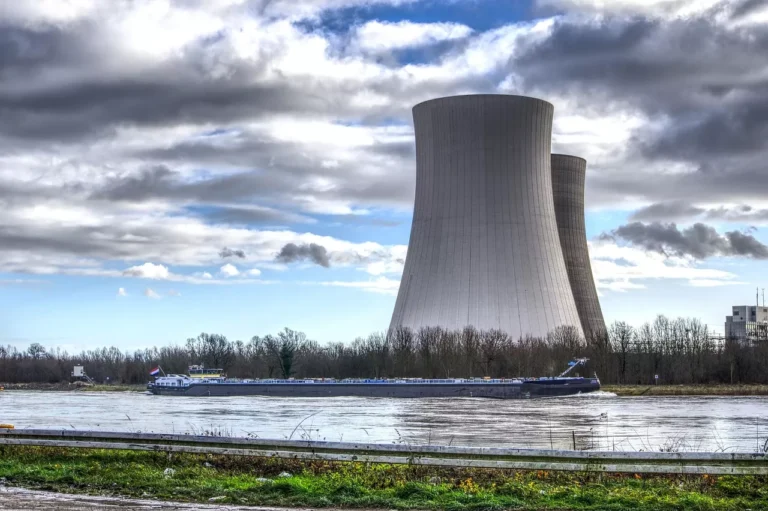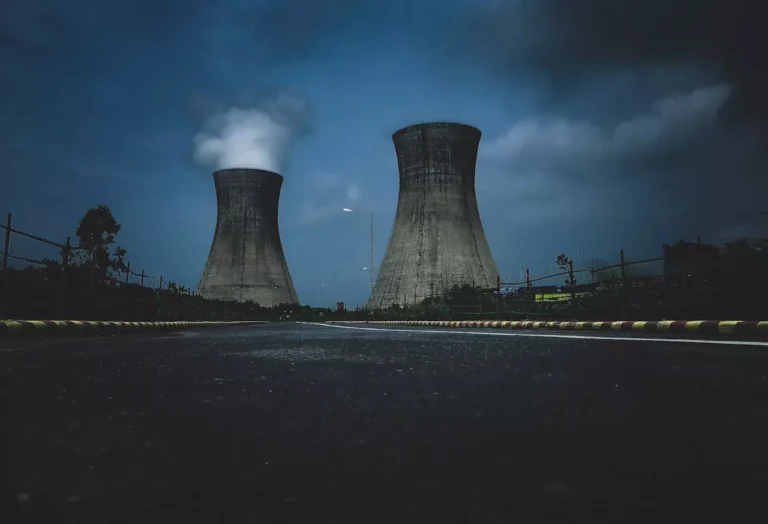
Global Fusion Energy Market Outlook (2025–2034): Innovation, Investment, and the Road to Commercialization
The global fusion energy market is rapidly evolving, driven by a powerful mix of government-funded research initiatives, multinational collaborations, and an expanding landscape of private-sector innovation. At the core of this transformation lie two dominant technological pathways: magnetic confinement fusion (such as tokamaks and stellarators) and inertial confinement fusion.
High-profile megaprojects like ITER in France and SPARC in the United States symbolize the world’s multi-billion-dollar efforts to achieve net energy gain from fusion reactions. Simultaneously, private companies such as Commonwealth Fusion Systems, TAE Technologies, and General Fusion are developing next-generation reactors with cutting-edge technologies—including high-temperature superconducting magnets, proprietary plasma heating systems, and novel target compression mechanisms—to compress timelines toward demonstration and eventual commercialization.
Breakthroughs in adjacent areas such as AI/ML-driven plasma control, radiation-resistant materials, and compact, modular reactor designs are helping mitigate long-standing risks associated with scaling fusion energy. These advancements aim to support the realization of a commercially viable and clean power source that could revolutionize global energy systems.
Market Lifecycle and Development Phase
Fusion energy is currently in the late R&D and early demonstration stages of its development lifecycle. Most technologies are operating at Technology Readiness Levels (TRL) 4–7, transitioning from lab-scale discoveries to early engineering prototypes. Public and private stakeholders are actively investing in pilot plants expected to begin operations in the early 2030s, validating continuous energy output and sustainable fuel cycles, especially using tritium.
As the industry matures, grid operators and regulators across various countries are beginning to shape the regulatory and licensing pathways that will govern the future deployment of fusion power. This pre-commercialization phase also involves the emergence of a fusion-specific value chain, comprising magnet suppliers, plasma diagnostic vendors, and systems integrators.
Competitive Landscape and Key Market Players
The fusion energy sector presents a unique competitive environment, where state-backed consortia and privately funded startups are equally prominent.
On the public front, ITER remains the largest collaborative tokamak initiative, supported by global partners including the EU, U.S., China, Japan, India, South Korea, and Russia. National research institutions such as the U.S. Department of Energy’s Princeton Plasma Physics Laboratory and EUROfusion also contribute to both tokamak and stellarator research.
Meanwhile, the private sector continues to grow aggressively. Key players include:
- Commonwealth Fusion Systems: Compact tokamaks using HTS magnets.
- TAE Technologies: Field-reversed configurations with neutral beam injection.
- General Fusion: Magnetized target fusion via mechanical compression.
- Tokamak Energy: Spherical tokamaks with modular HTS coil designs.
- Helion, Zap Energy, NearStar Fusion, First Light Fusion, and others developing differentiated approaches.
Competition is enhanced by increasing venture capital, government grants, and strategic partnerships with academic institutions and industrial suppliers. These companies are racing not just for technical supremacy but also to capture early market share in a potentially trillion-dollar industry.
Key Market Segments
1. By Application:
- Power Generation: Expected to be the largest segment as grid-scale fusion deployment approaches.
- Research & Development: Ongoing fusion experiments continue to drive demand.
- Space Propulsion: Gaining traction for deep-space mission potential.
- Industrial Applications: Potential use in hydrogen production and high-temperature processes.
2. By Technology:
- Magnetic Confinement Fusion (MCF): Dominant, includes tokamaks and stellarators.
- Inertial Confinement Fusion (ICF): Laser- and beam-driven approaches.
- Stellarators and Spheromaks: Promising alternatives with unique confinement strategies.
3. By Fuel Cycle:
- Deuterium-Tritium (D-T): Most mature and widely studied.
- Deuterium-Deuterium (D-D) and Deuterium-Helium-3: Safer, longer-term options.
- Proton-Boron (p-B11): Aneutronic fuel with fewer radioactive by-products.
Regional Outlook
Asia-Pacific is poised to lead in terms of fusion infrastructure investment, driven by aggressive government initiatives in China, Japan, and South Korea. Europe follows closely due to its leadership in ITER and EUROfusion. North America, particularly the U.S., remains a hub for private fusion startups and national labs.
Market Forecast and Growth Metrics
- Market Value in 2025: USD 291.42 billion
- Projected Market Value by 2034: USD 445.2 billion
- CAGR (2025–2034): 4.8%
- Total Pages in Market Report: 120
- Regions Covered: Global (North America, Europe, Asia-Pacific, Rest of World)
Market Drivers and Challenges
Key Growth Drivers:
- Rising demand for clean, sustainable, and baseload power.
- Technological advances in AI-driven control systems and high-temperature materials.
- Increased government funding and private investment.
Key Challenges:
- High costs and technical complexity of fusion systems.
- Regulatory hurdles and the need for public acceptance.
- Long timelines before achieving full commercialization.
Leading Companies in the Fusion Energy Market
- General Fusion
- Helion Energy
- Commonwealth Fusion Systems
- TAE Technologies
- Zap Energy
- Kyoto Fusioneering
- NearStar Fusion
- LPP Fusion
- Thea Energy
- First Light Fusion
- Avalanche Energy
- Longview Fusion
- Marvel Fusion
- Fusion Energy Solutions of Hawaii
- Serva Energy










